Economics Report: Analysis of UK Inflation and Supply-Side Influences
VerifiedAdded on 2023/04/22
|7
|705
|350
Report
AI Summary
This economics report provides an analysis of inflation in the UK, focusing on the supply-side factors that contribute to rising prices. The report begins with an introduction to the Consumer Price Index (CPI) and its role in measuring inflation. It then examines the trend of inflation in the UK, highlighting the increasing rate since 2015. The core of the report investigates the impact of supply-side factors on inflation, including the rising costs of raw materials, particularly after Brexit, and the fluctuating prices of food and non-alcoholic beverages. The report uses data and figures to illustrate the trends in raw material and food prices, providing insights into their influence on overall inflation. Finally, the report concludes by summarizing the key findings, emphasizing the increasing trend of inflation in the UK and the significant role of supply-side factors such as raw materials and food prices. The report includes references to support the analysis.
1 out of 7
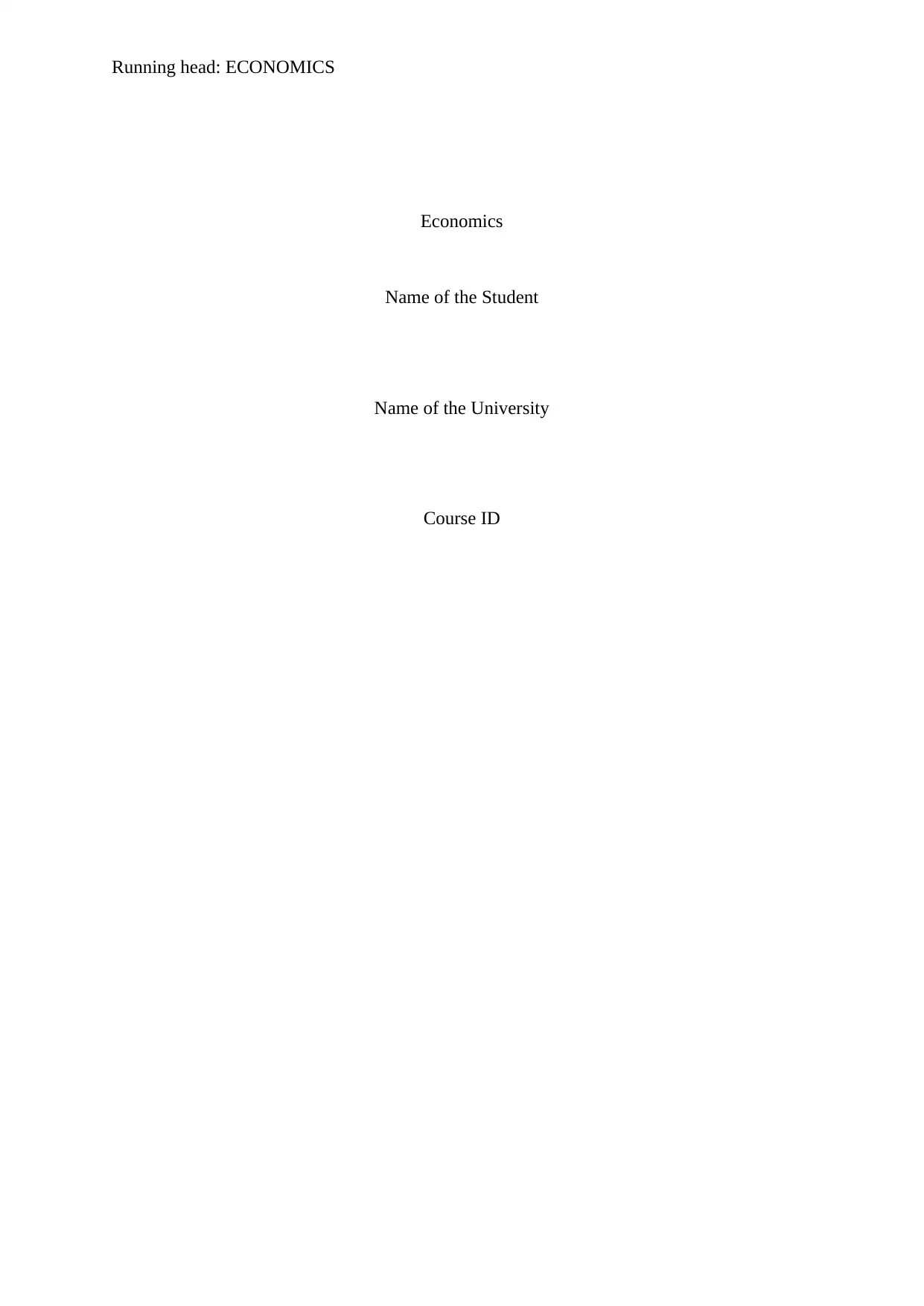
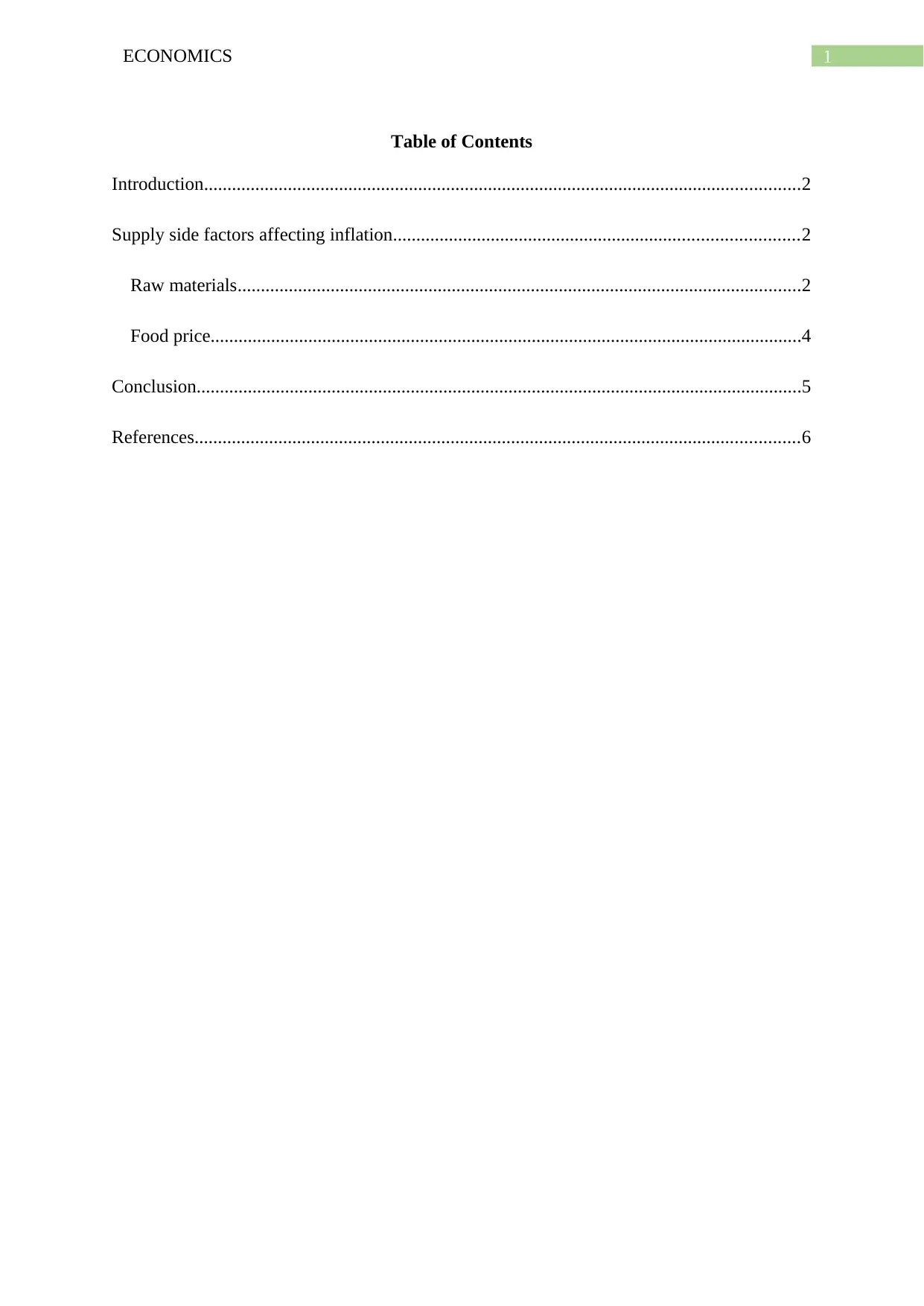
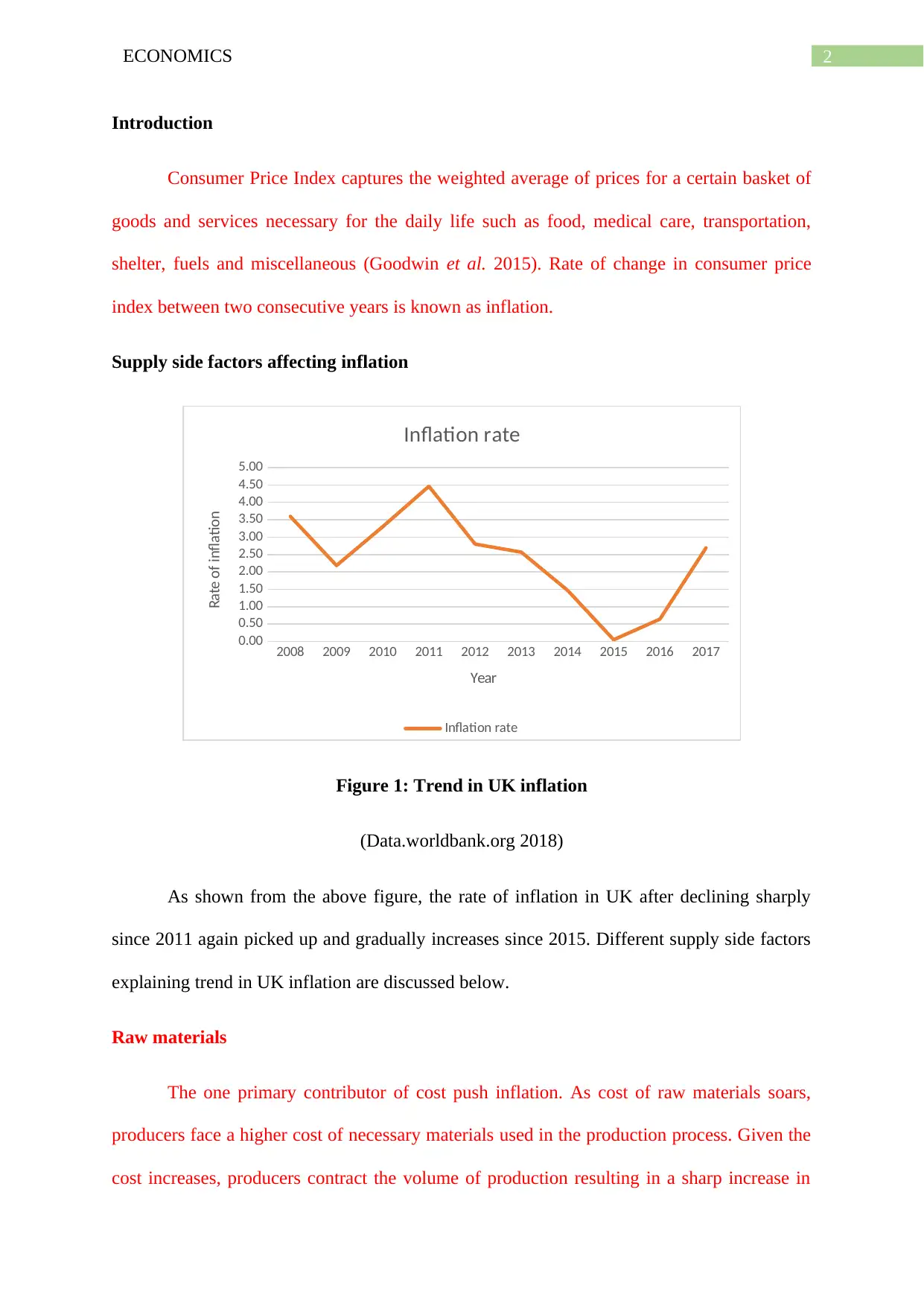

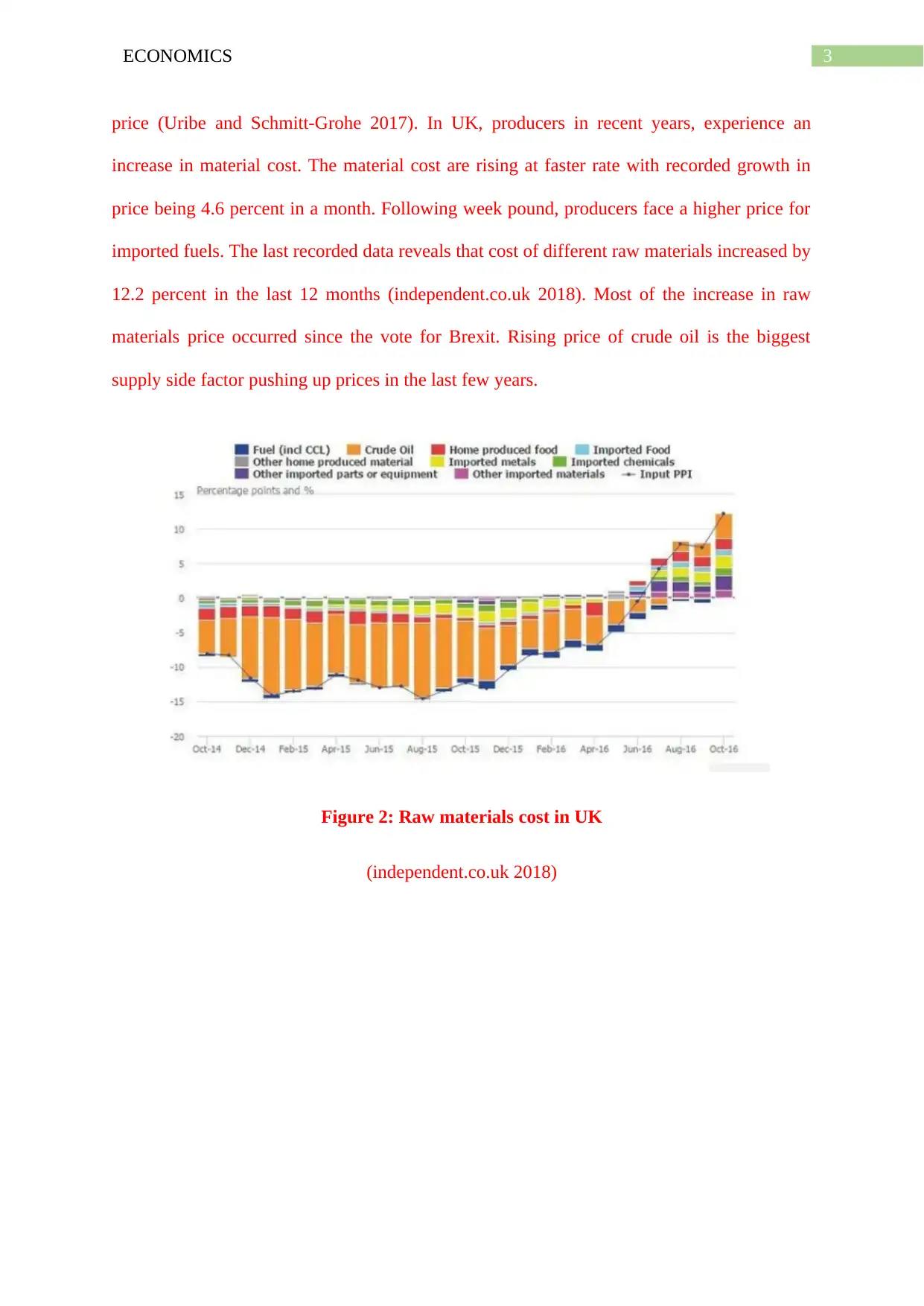
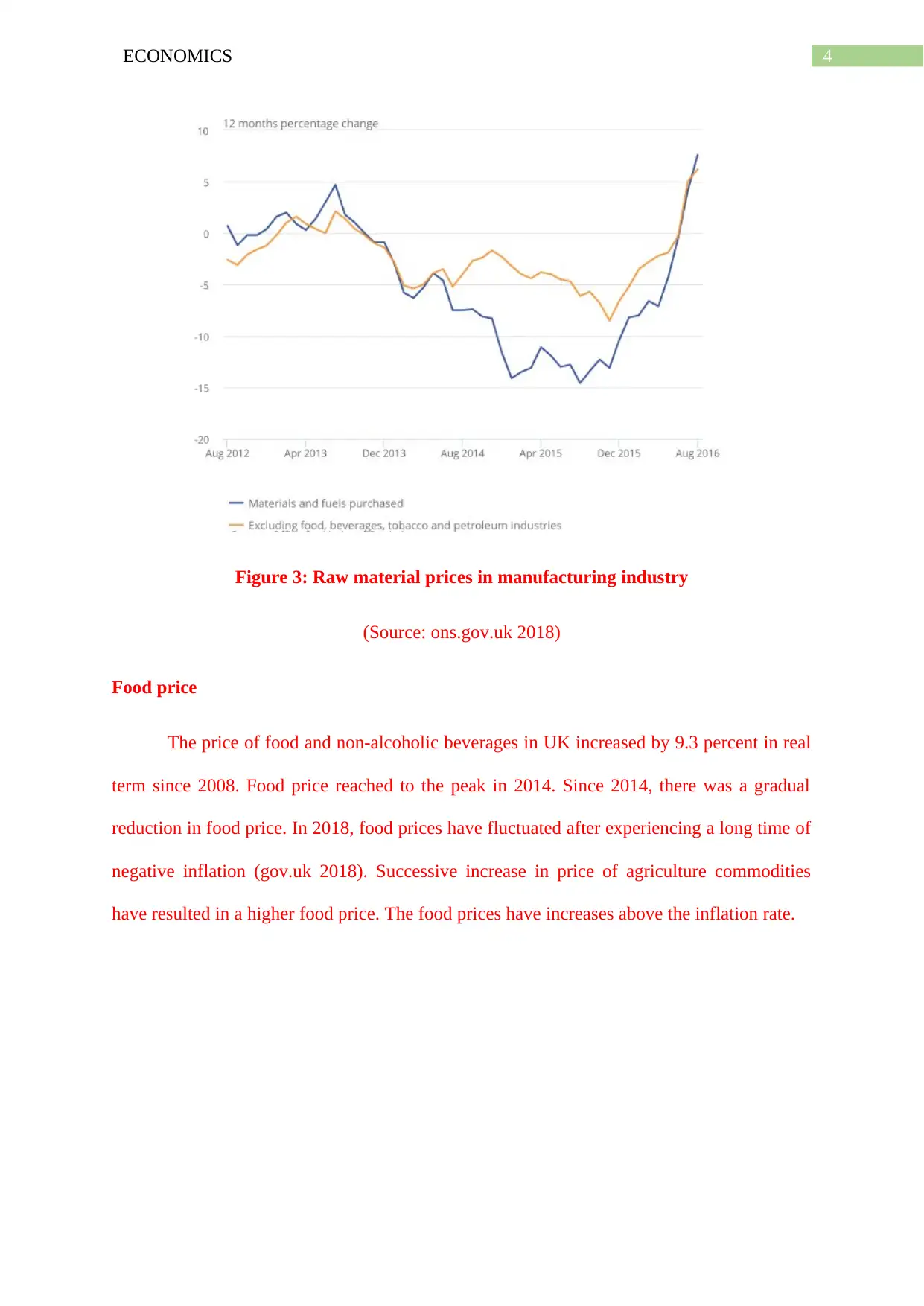
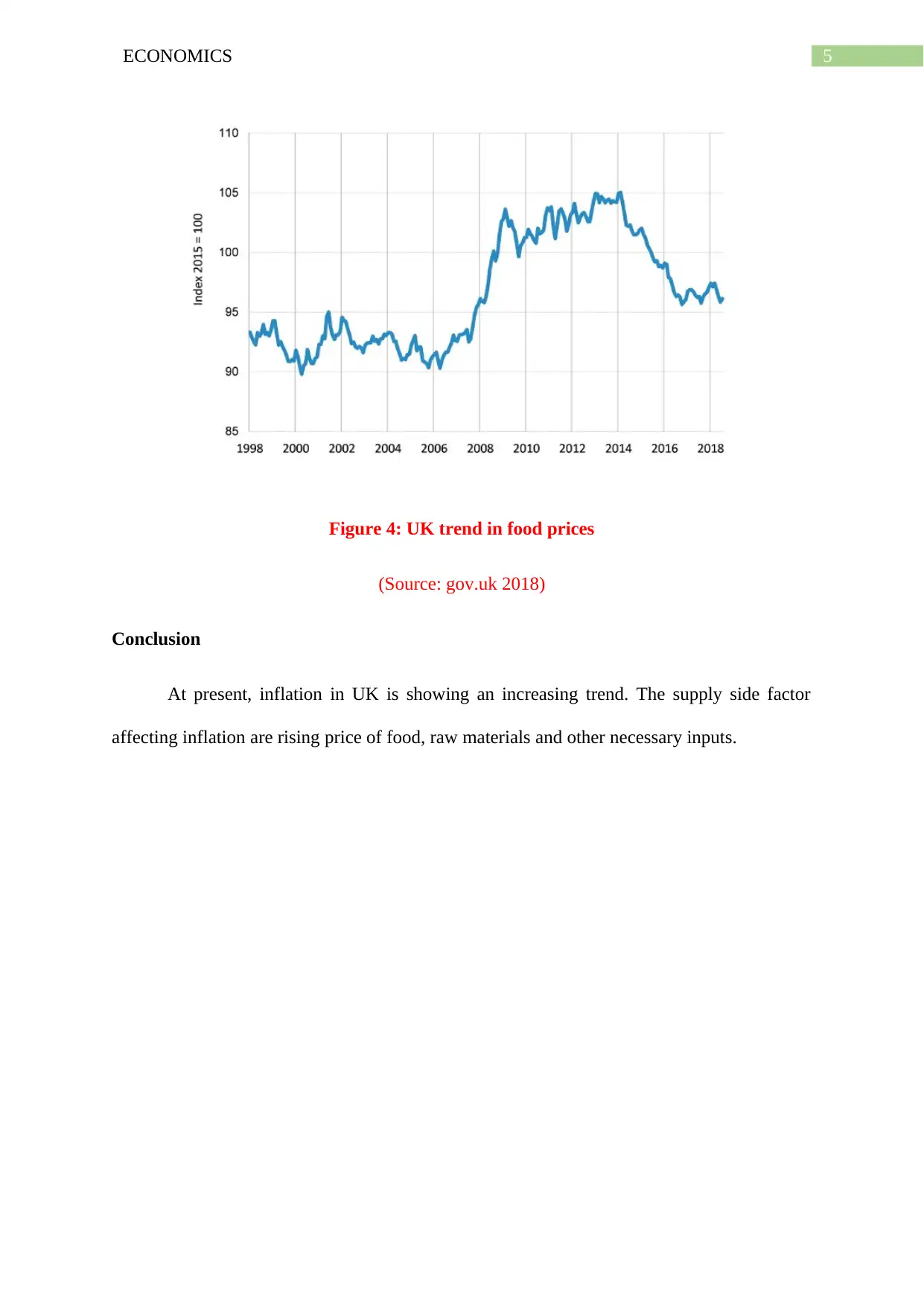
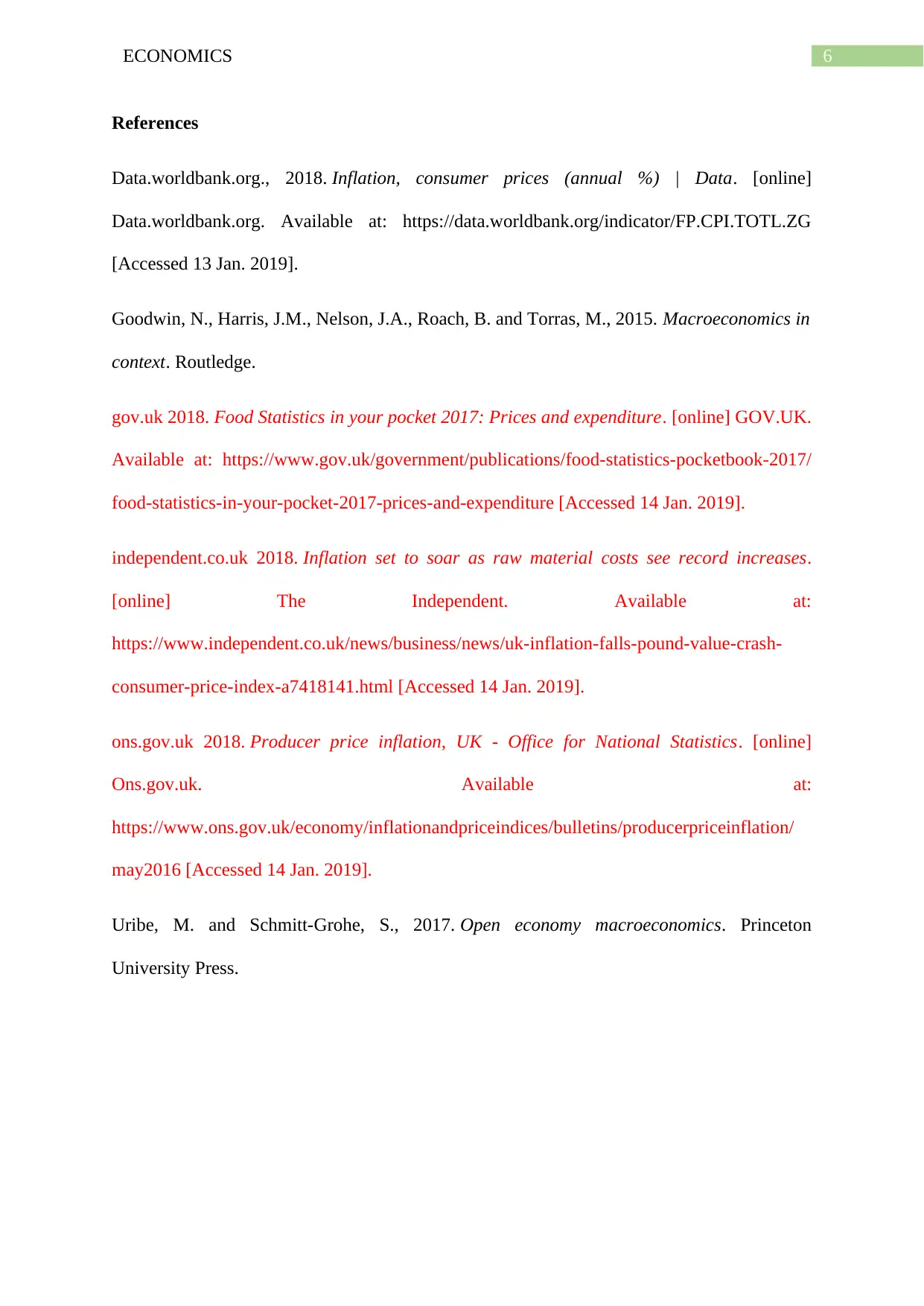






![[object Object]](/_next/static/media/star-bottom.7253800d.svg)